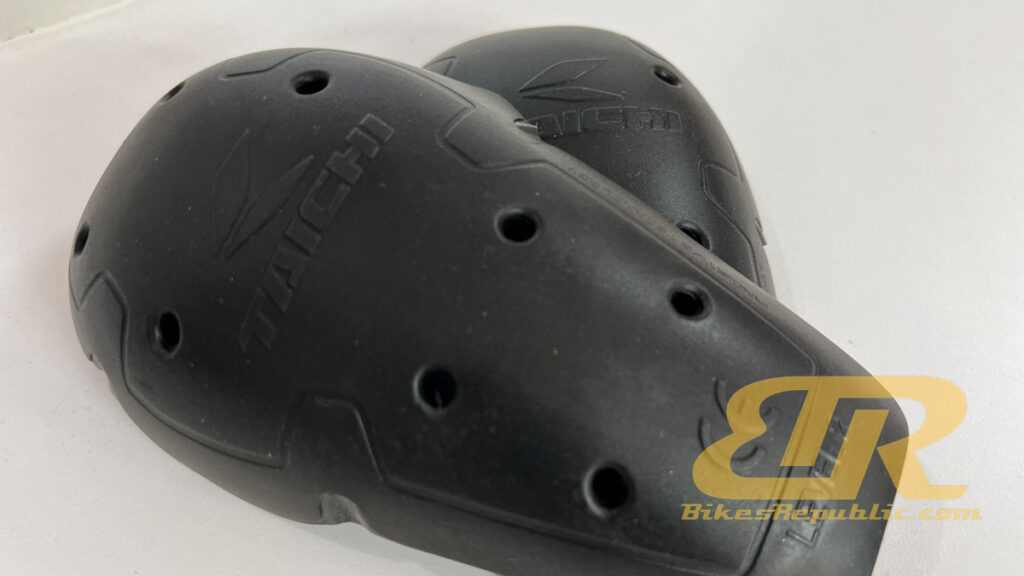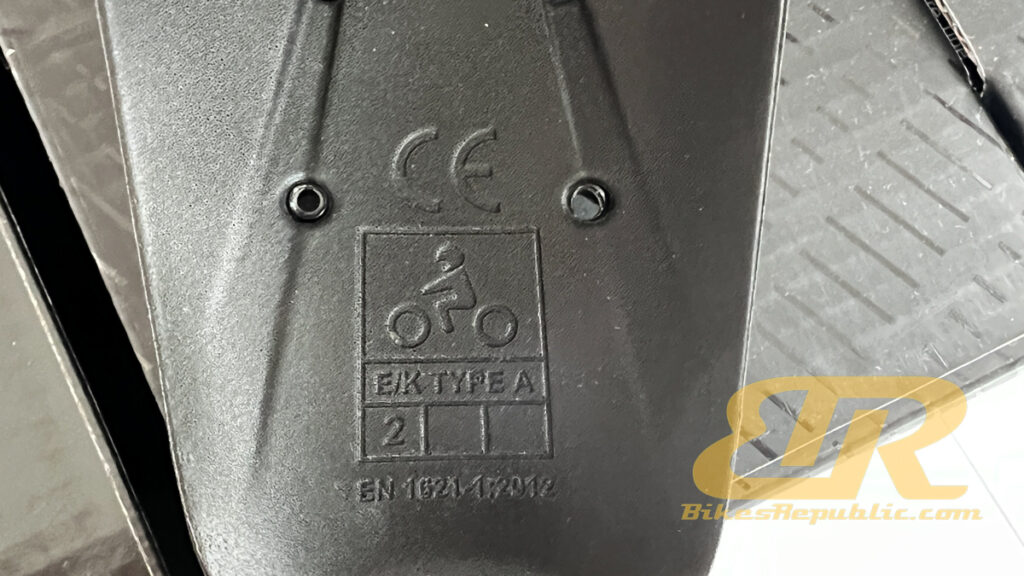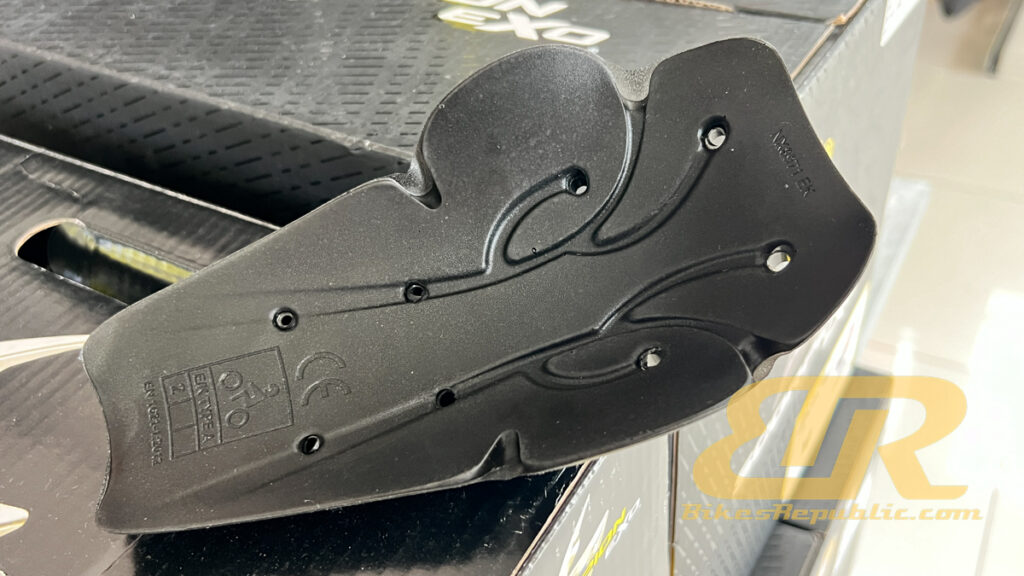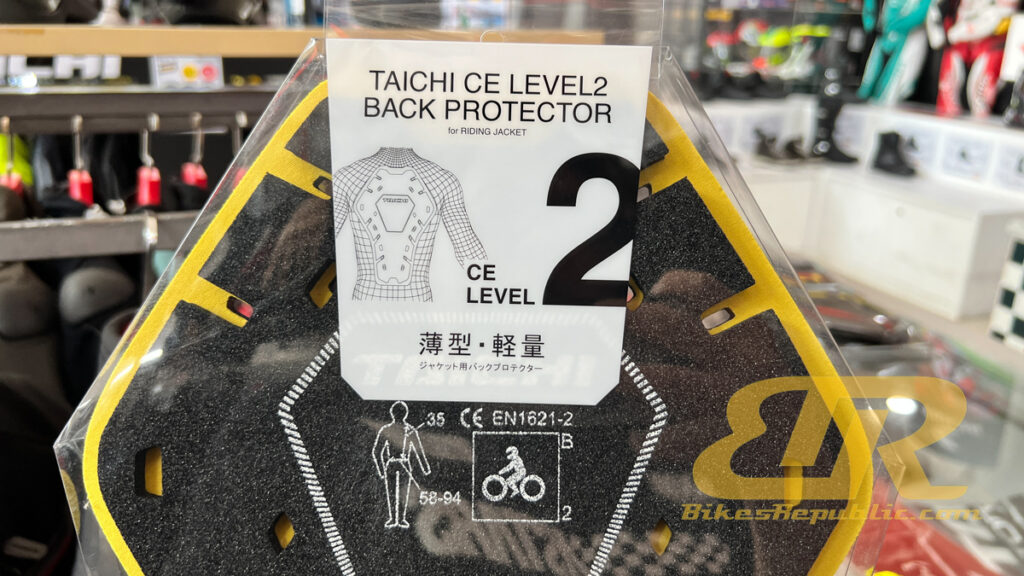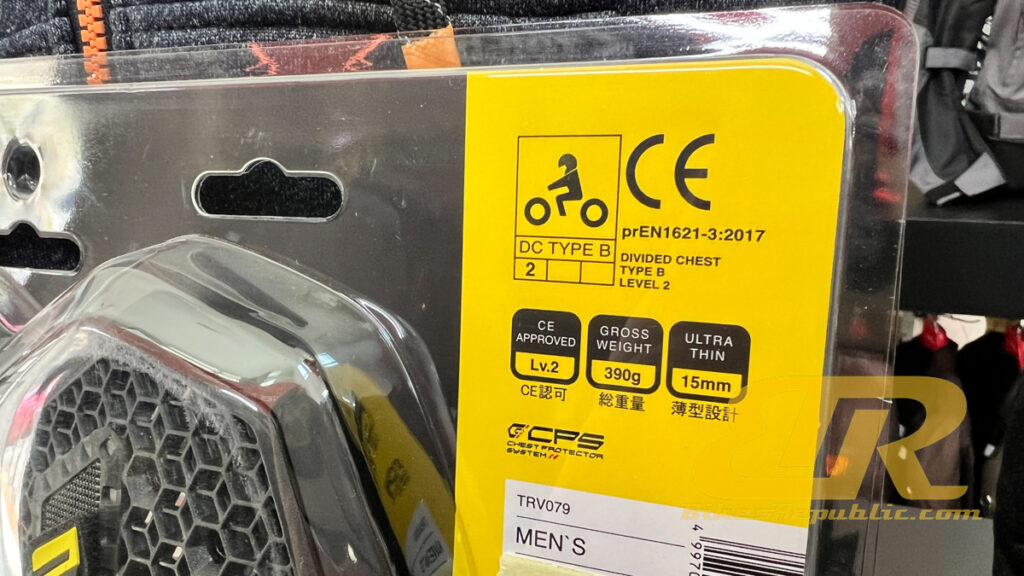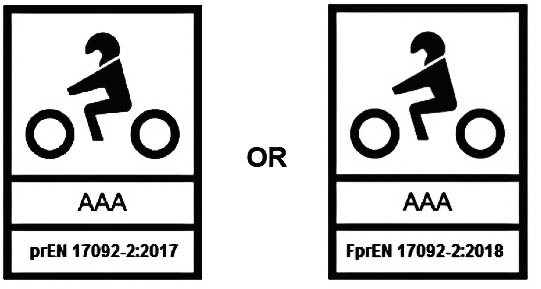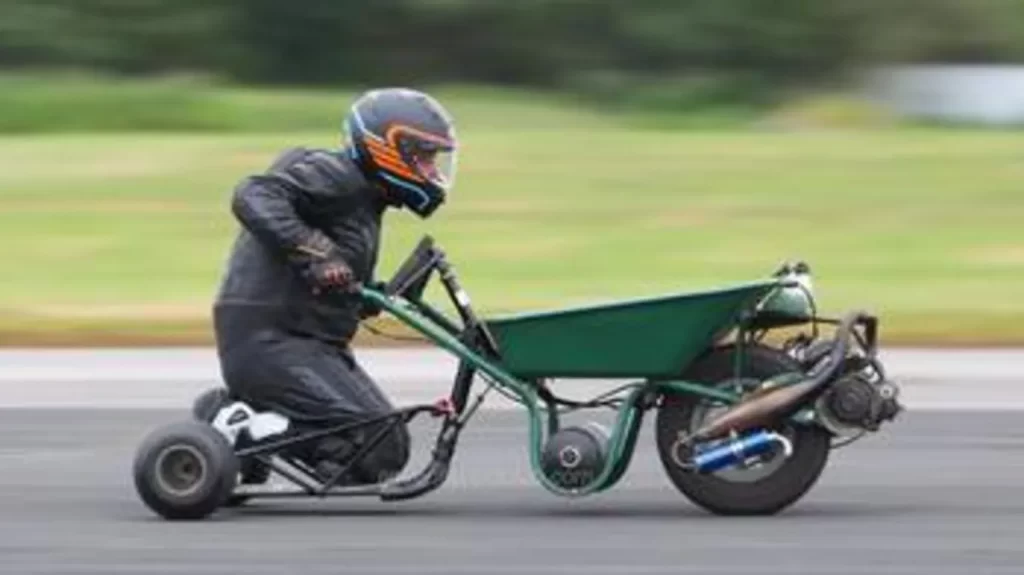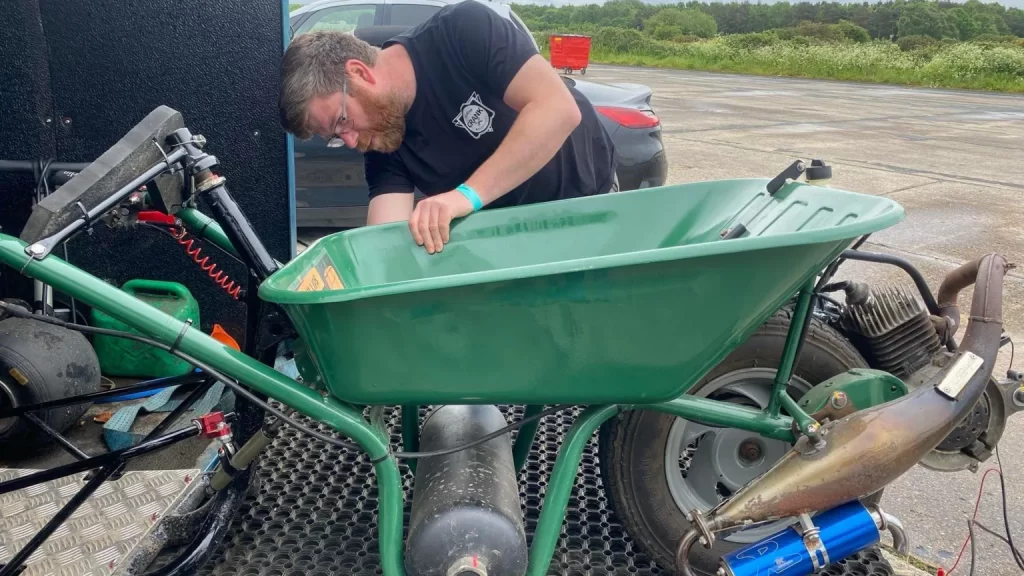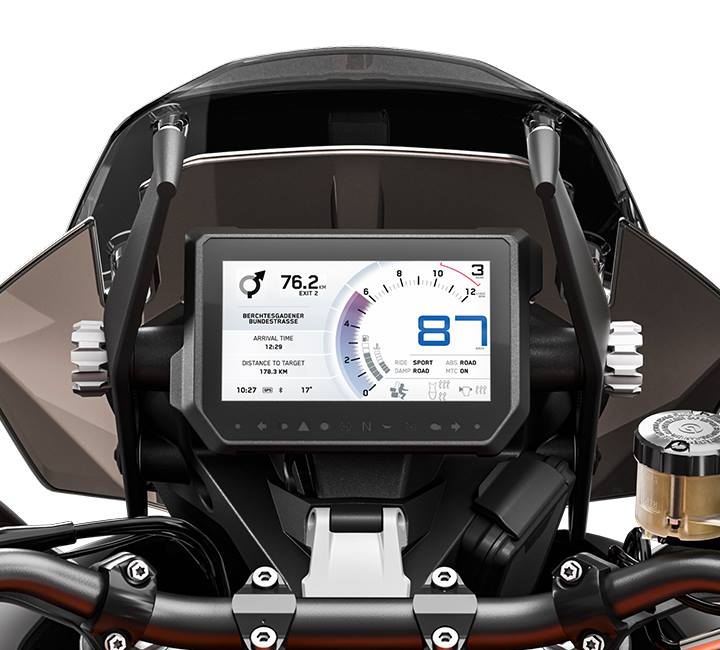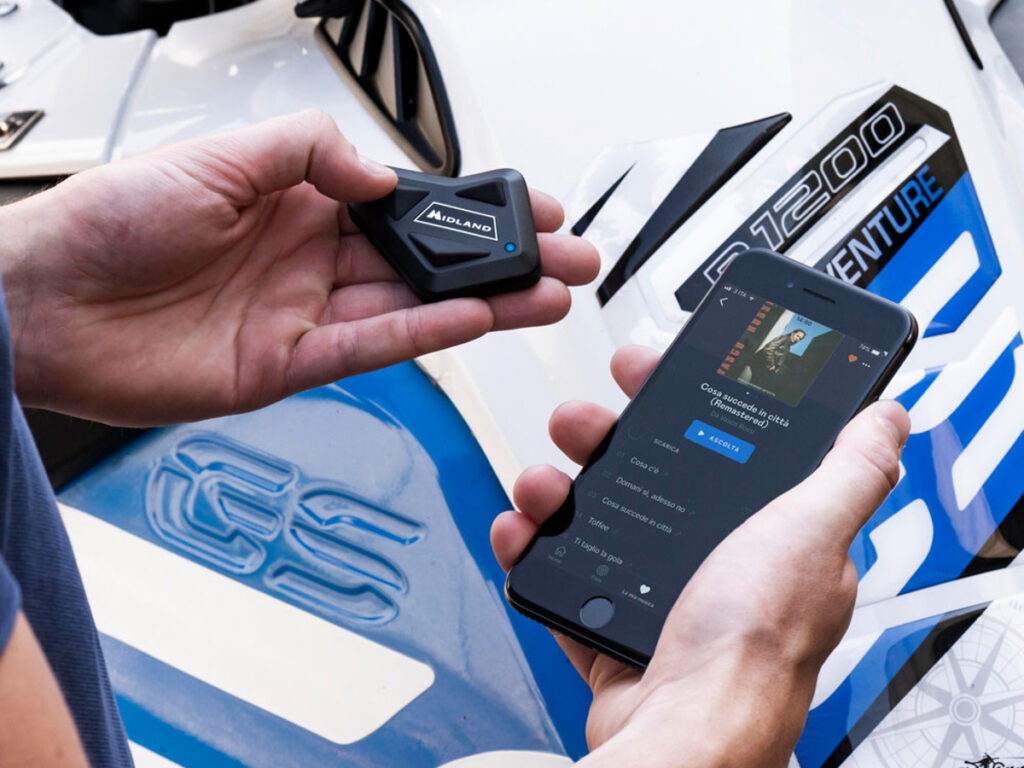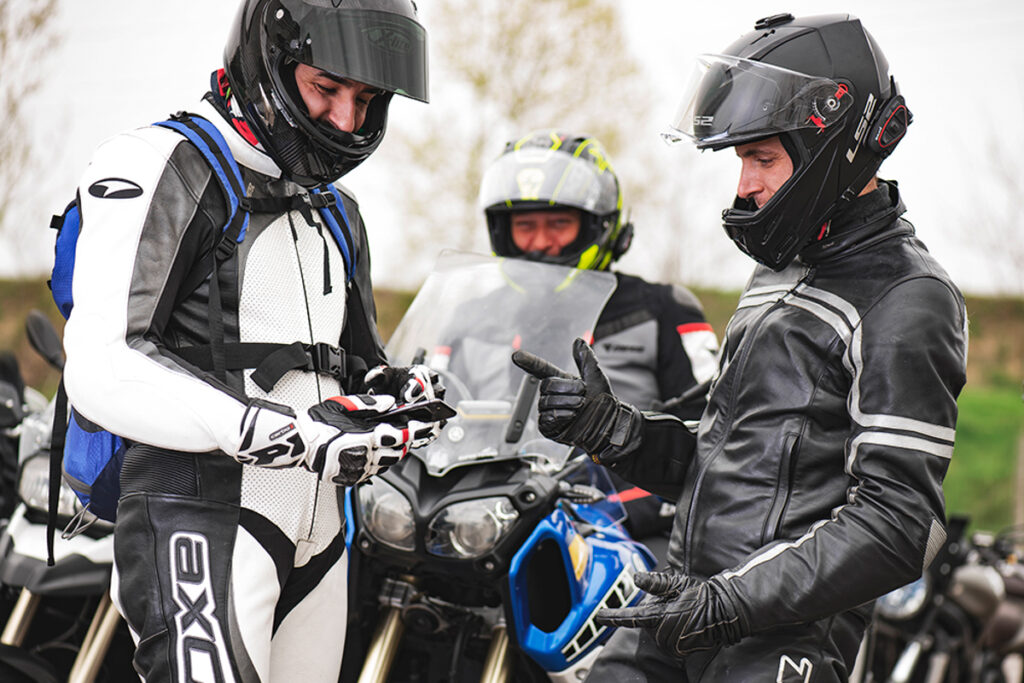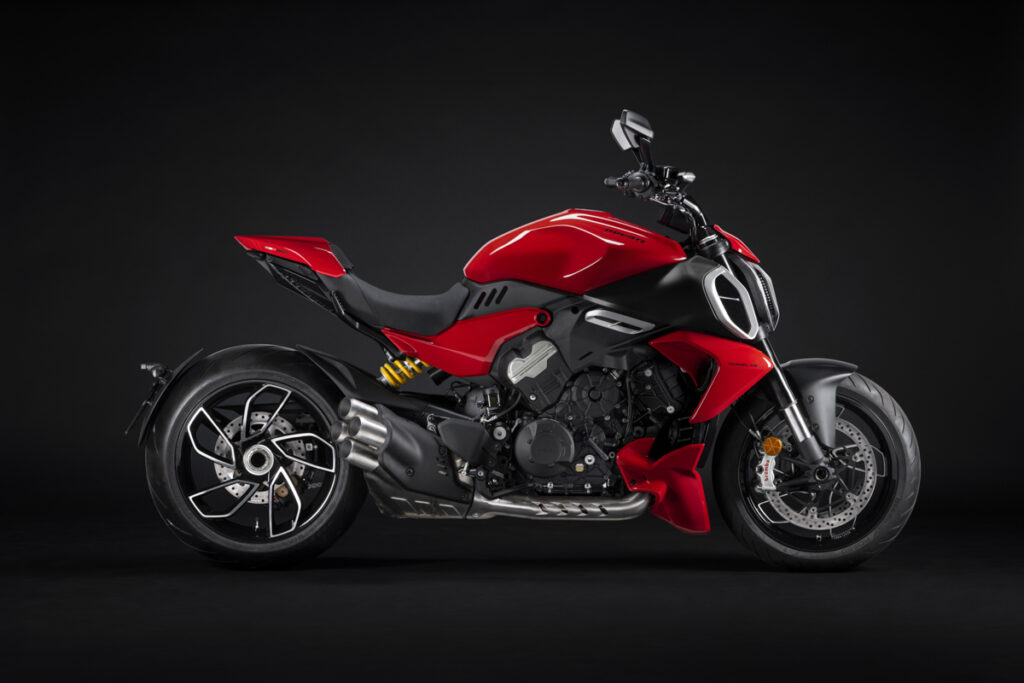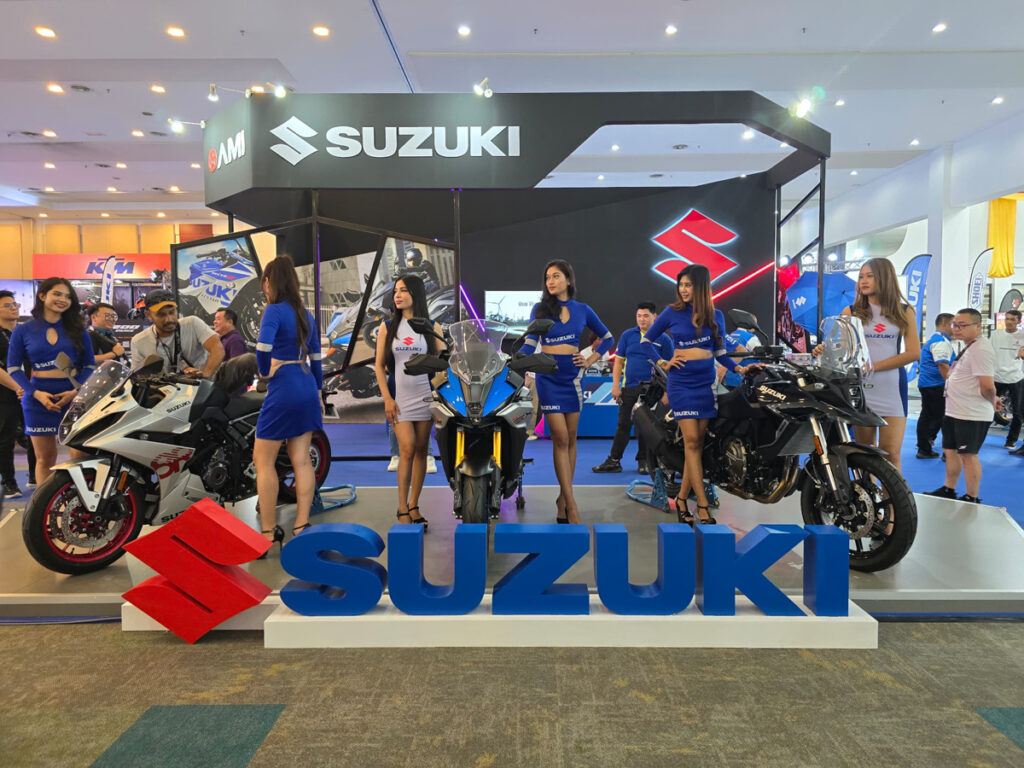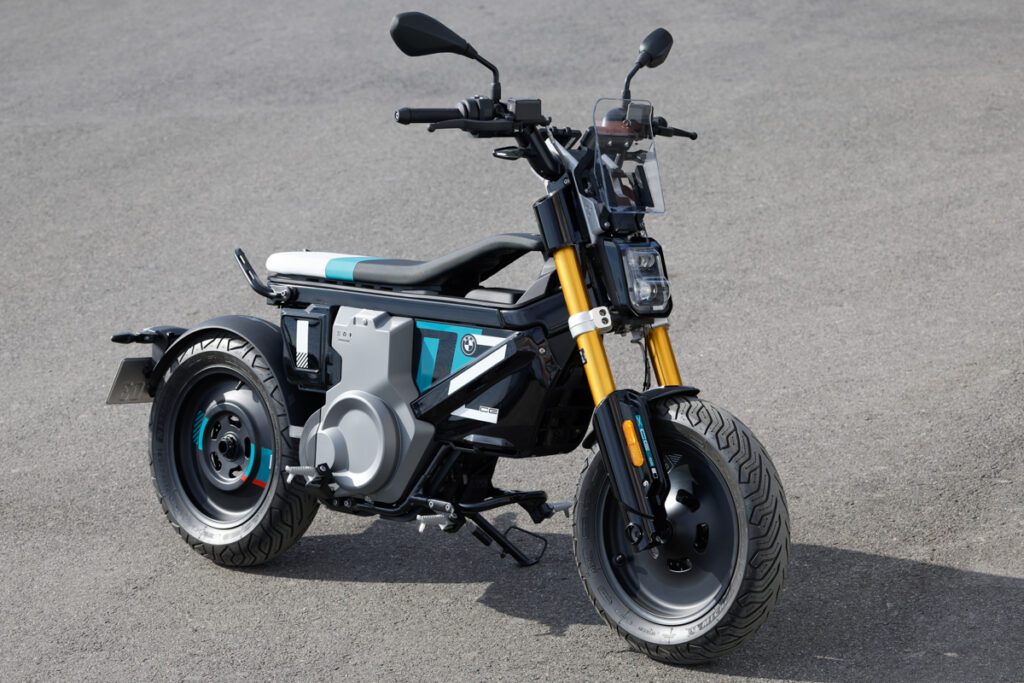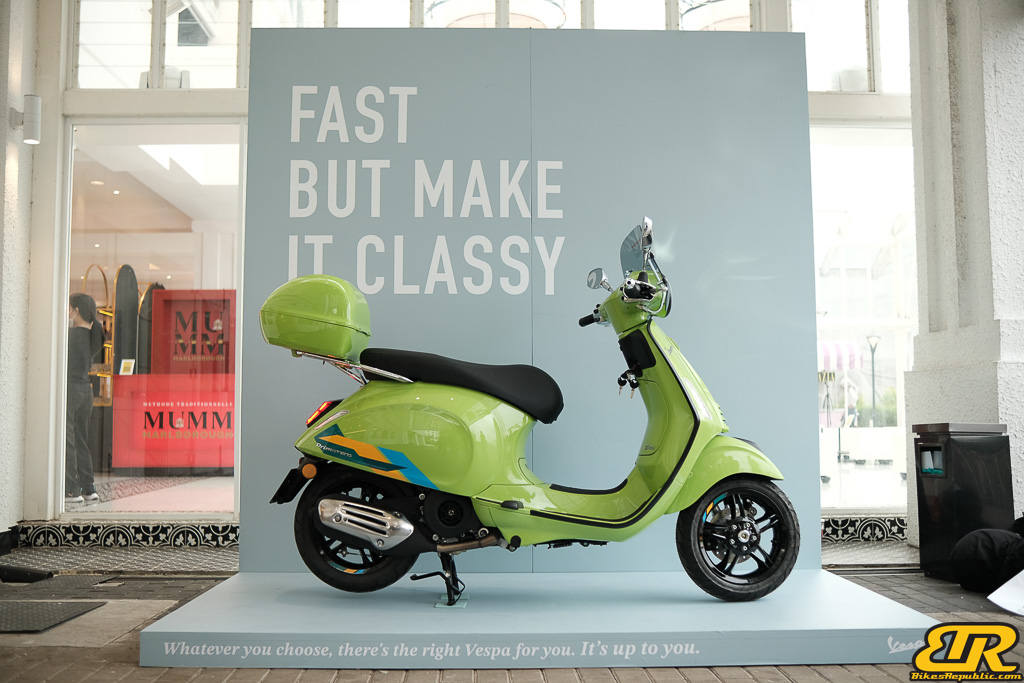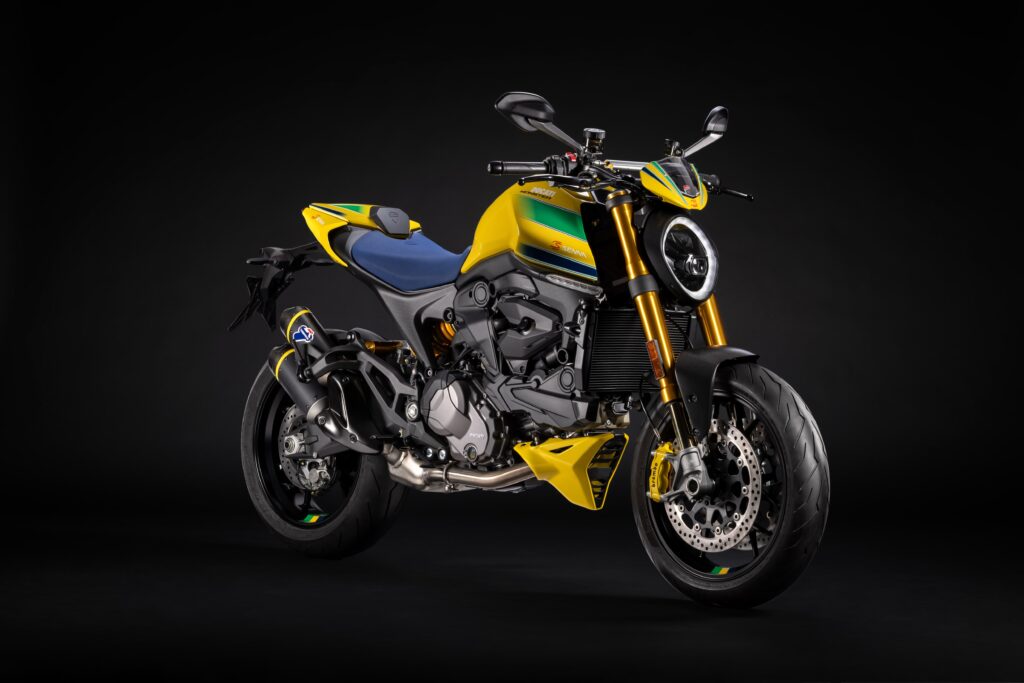As mentioned in a previous article, motorcycle rider gear such as the helmet, jacket, pants, gloves, footwear must conform to a certain standard. And you may have seen such a tag above attached to a clothing item. But what is and why is CE-rated protector in motorcycle gear important?
By “protector” we mean the padding held in the areas where jacket, pants, or race suit that are prone to impact such as the elbows, shoulders, back, chest. However, there must a standard or standards to govern the tests and results otherwise manufacturers may as well make and claim whatever they wish.
What is the standard?
The standard which is the most prevalent the world over is CE “Conformité Européene” or EN “European Norm” EN 1621. Please refer to the picture below which is a replication of the label you can find in a motorcycle riding gear.
- The motorcycle symbol shows that this is motorcyclists’ protective clothing against mechanical impact.
- Below and outside the box, you can find these codes EN 1621-1:2012.
- EN1621-1 mean the padding is for any of these areas:
- S – Shoulder.
- E – Elbow.
- H – Hip.
- K – Knee.
- K + L – Knee, upper and middle tibia.
- L – Shin (front of leg) below knee protector.
- KP – Knuckle protection.
- 2012 in the code means the year the EN 1621 was revised. It DOES NOT denote the year the item was made.
- Going back into the box, underneath that motorcyclist symbol:
- E/K TYPE A means this padding can be used as the elbow or knee protector.
- TYPE A refers to the coverage area:
- A – reduced coverage area for special applications.
- B – normal coverage area.
- If you see EN1621-2, the armour is for back protection only. However, there are different codes for different areas of coverage:
- B or FB – Full back protector.
- CB – Central back.
- L or LB – Lumbar only.
- The EN1621-3 standard applies to chest protectors.
Do note that gear manufacturers may or may not list the entire code in the garment or armour itself. However, you may find the full information on the cards attached to the piece of new gear.
Level of Protection
There are two levels of protection, Level 1 and Level 2. The amount of force transmitted through determines the level. For example:
- Level 1 – Maximum transferred force must be below 18 kN, and no single value above 24 kN.
- Level 2 – Maximum transferred force must be below 9 kN, and no single value above 12 kN.
This means a certified Level 2 armour is more protective than one that’s certified as Level 1.
Optional criteria
On this note, certain riding gear manufacturers may also describe the level of protection for other criteria, for example:
- Performance Level 1 or 2.
- Abrasion resistance Level 1 or 2.
- Impact cut resistance Level 1 or 2.
- Burst strength Level 1 or 2.
UNI prEN 17092-X:2017
The CE authorization body has implemented a new standard after 2018, although it does not appear on all riding gears, depending on where the item is sold in. This new standard encapsulates the level of protection within the code itself, unlike the previous EN1621-X, which only alludes the area of protection.
For example, it means Class AAA (the highest level) if you see the code prEN 17092-2:2017 (2017 being the year the gear was certified).
| Class AAA (prEN 17092-2:20XX) | Offers the highest level of protection for highest level of risk. |
| Class AA (prEN 17092-3:20XX) | Second highest level of protection. |
| Class A (prEN 17092-4:20XX) | Third highest level of protection. Comfortable for street riding on a daily basis. |
| Class B (prEN 17092-5:20XX) | Abrasion protection equal to Class A but without impact protection. |
| Class C (prEN 17092-6:20XX) | The least level of protection. Some armors may fall into this category as they resist impacts but not abrasion. |
Conclusion
Once again, although the CE/EN standard for motorcyclist gear is not enforced in Malaysia, please do not take these ratings lightly, as it means that the protector was tested and found to provide some protection.




